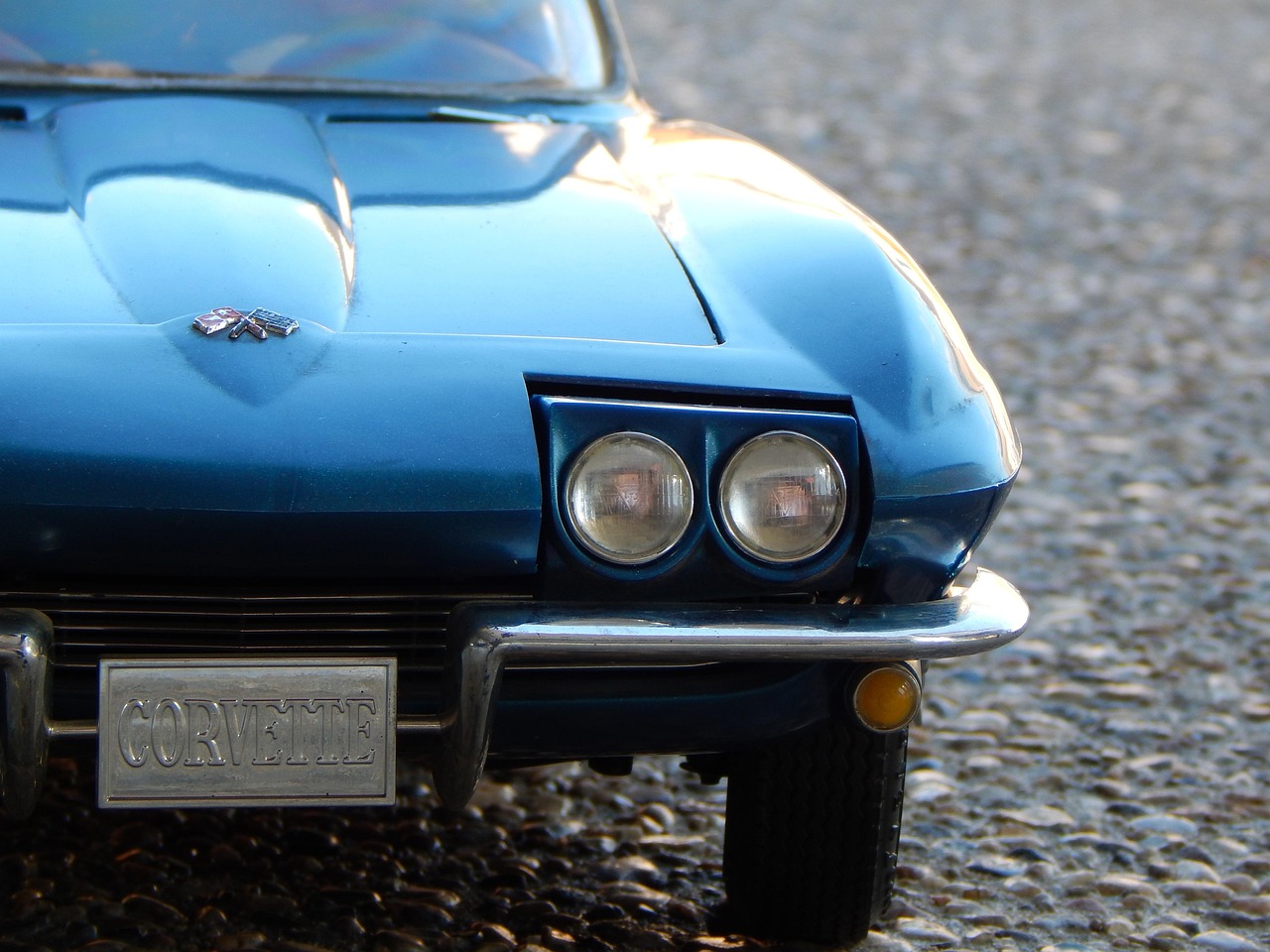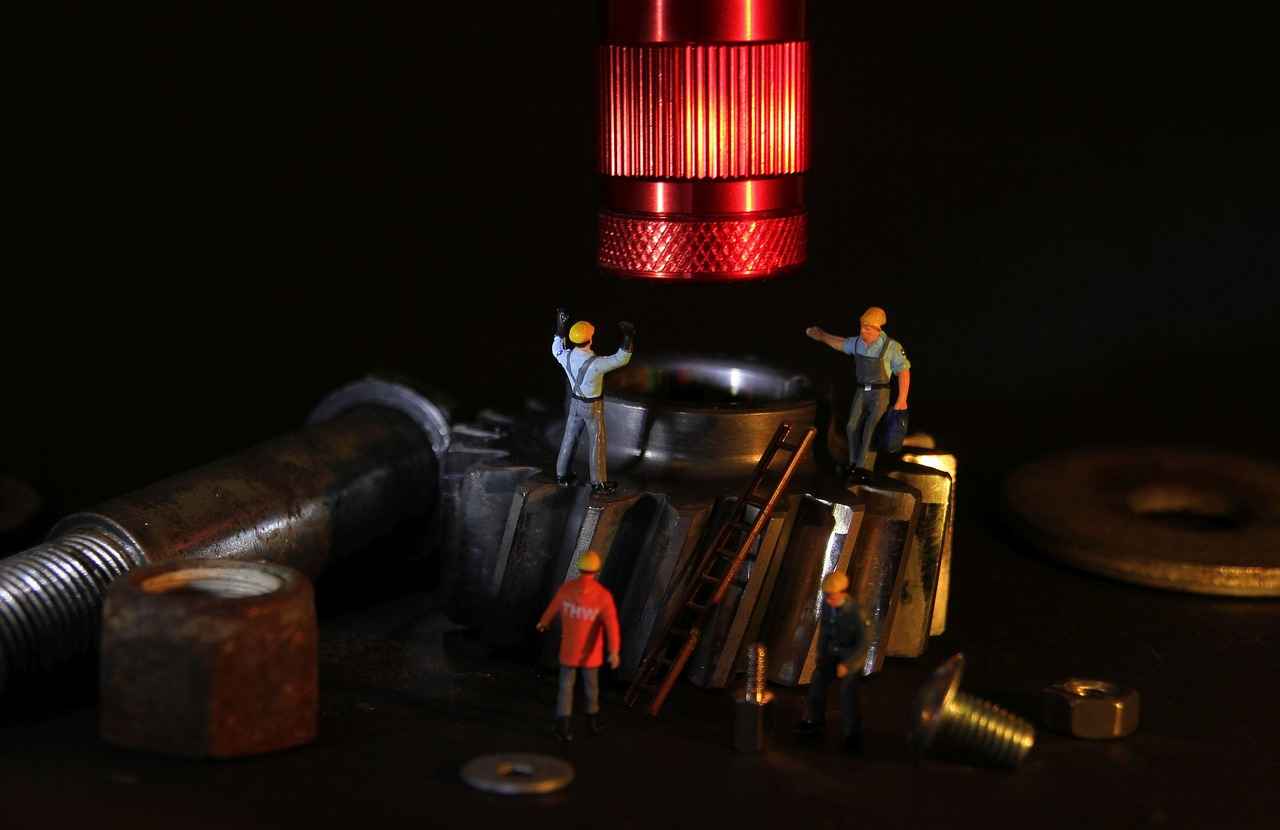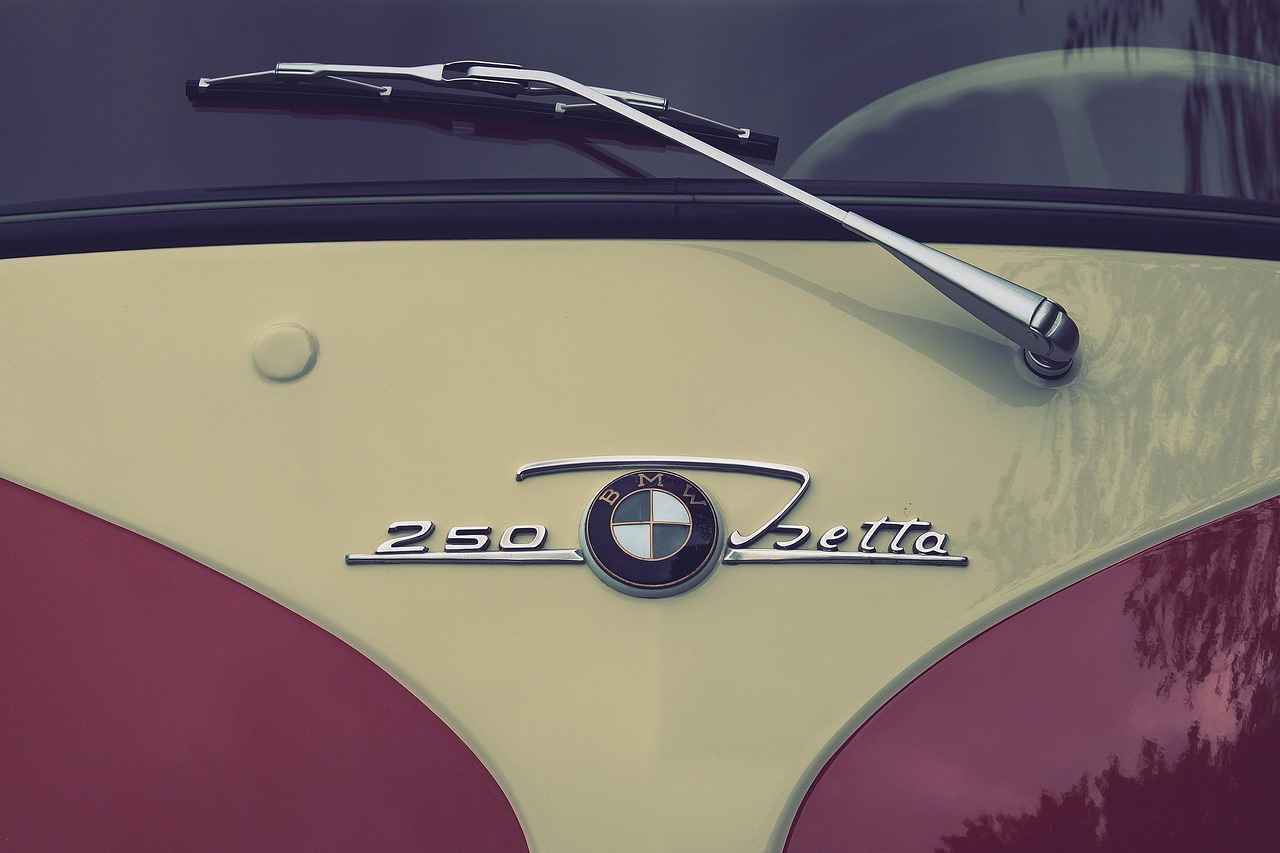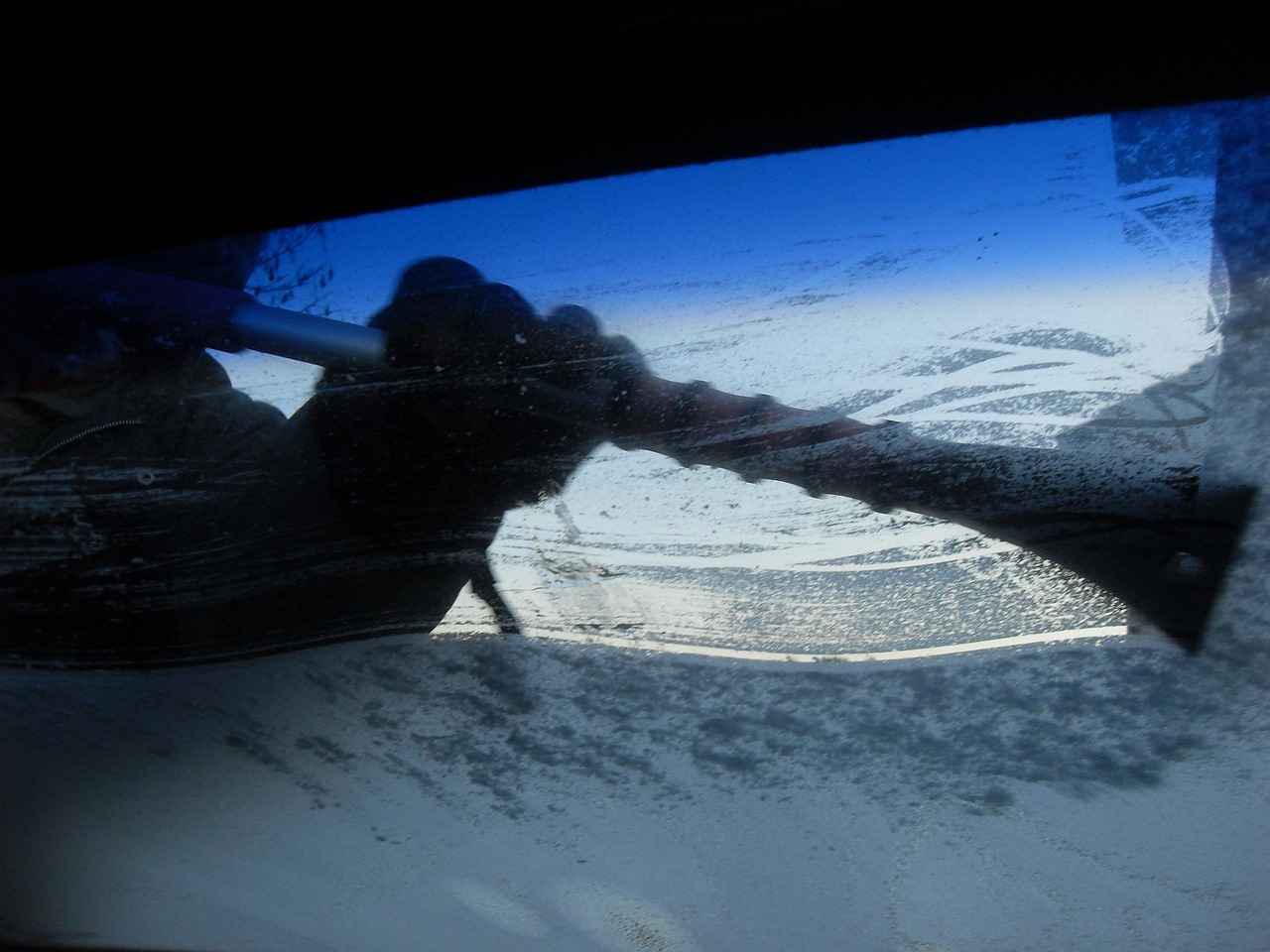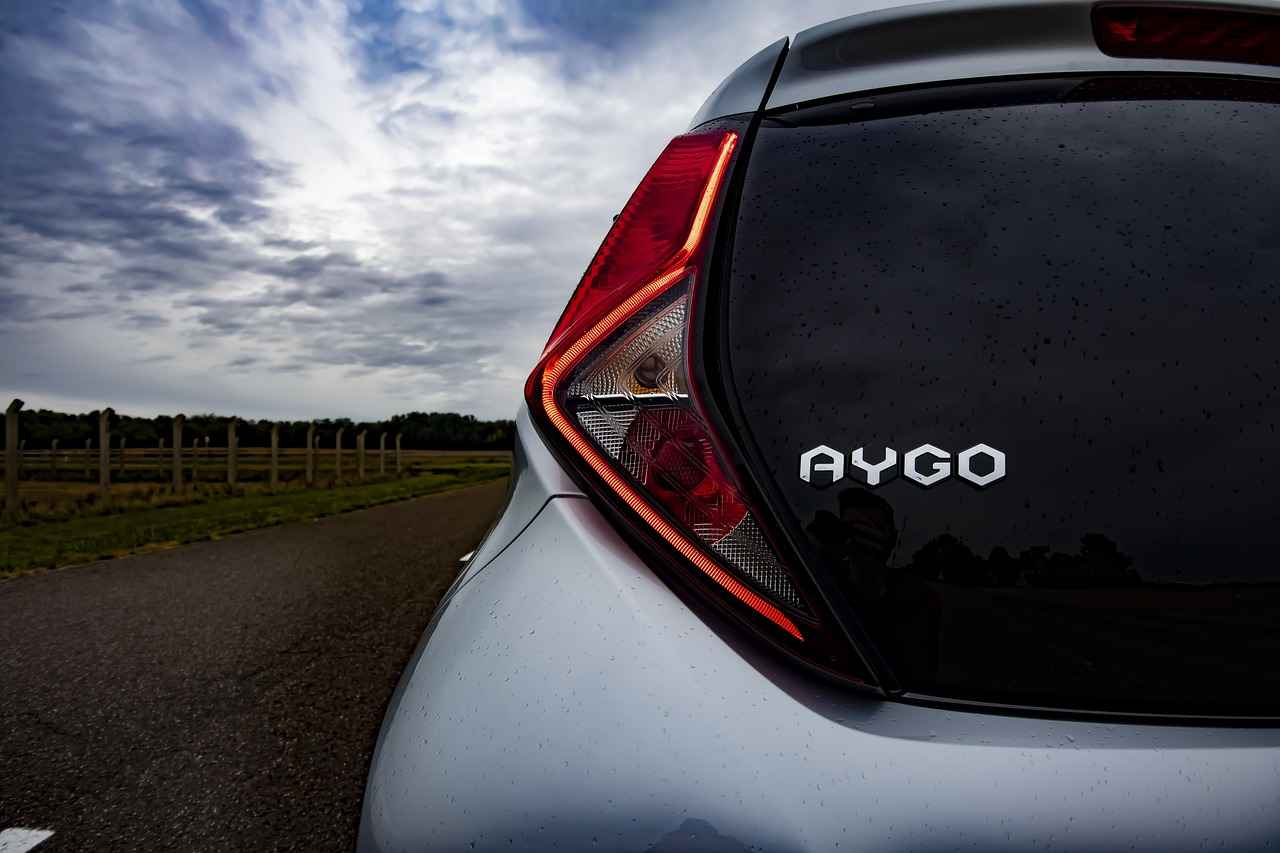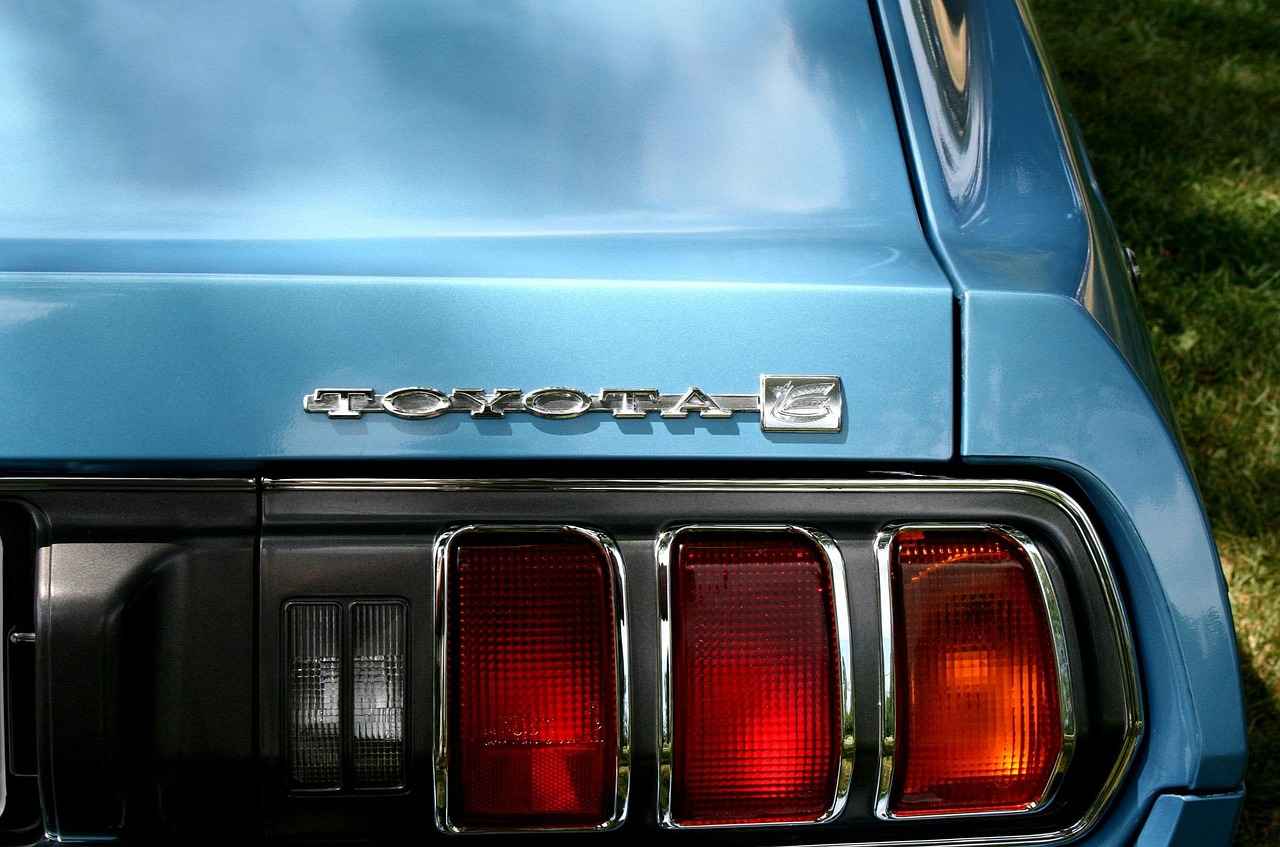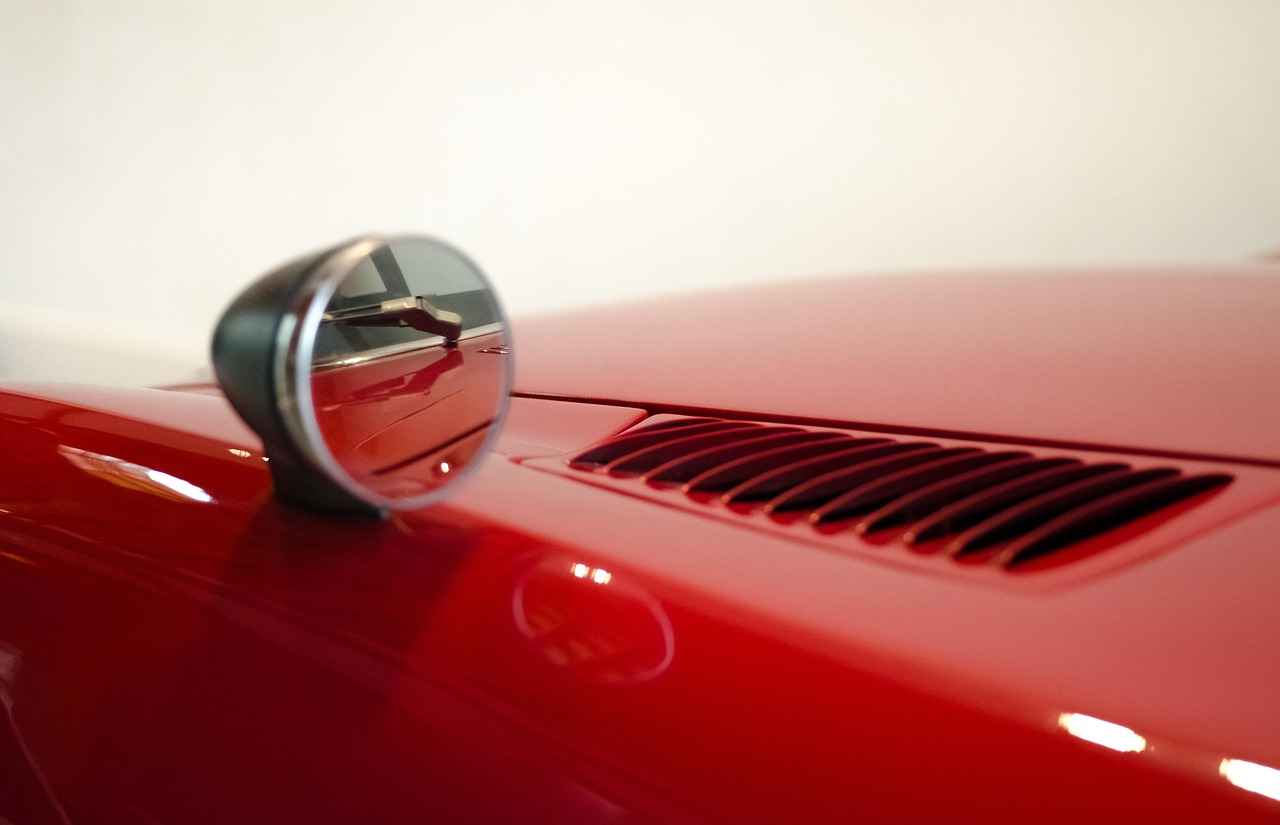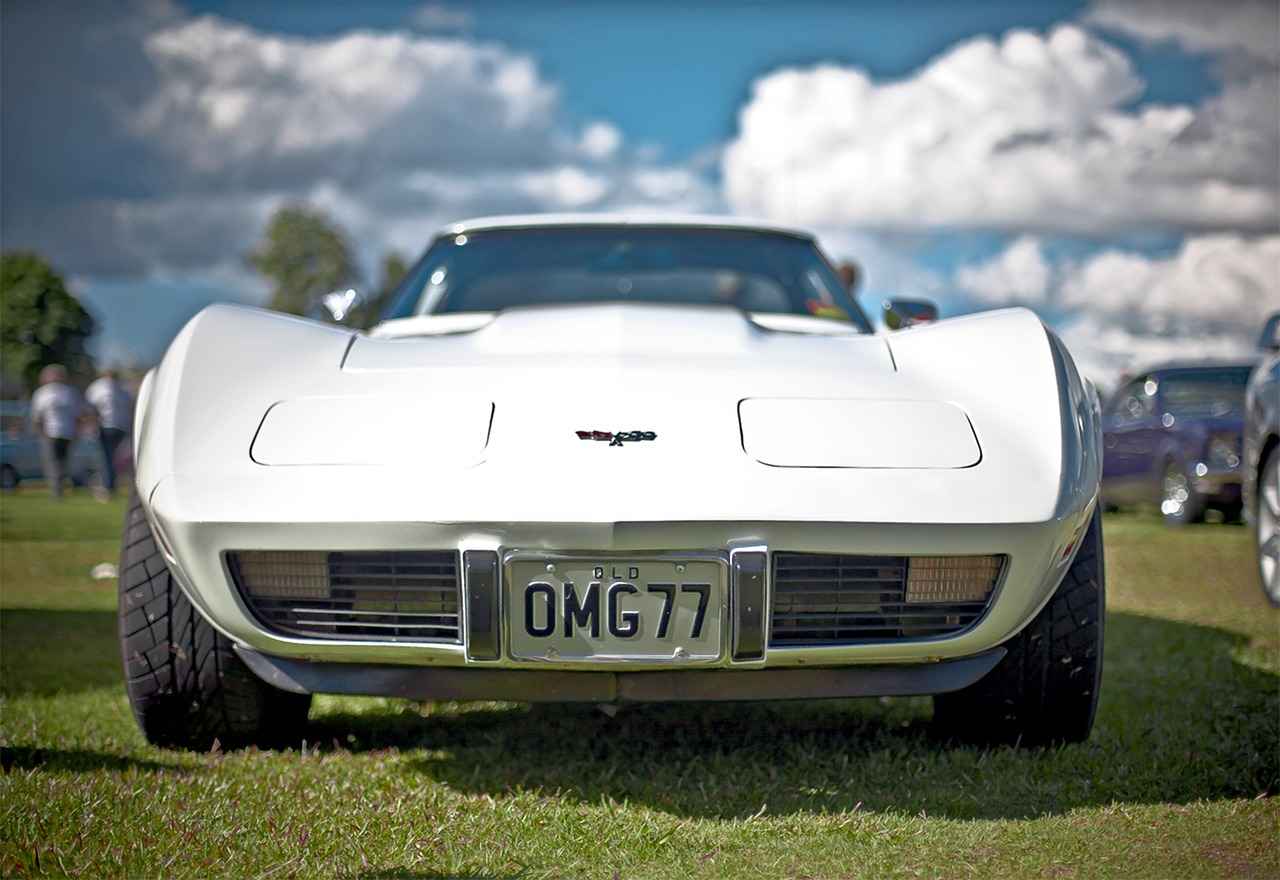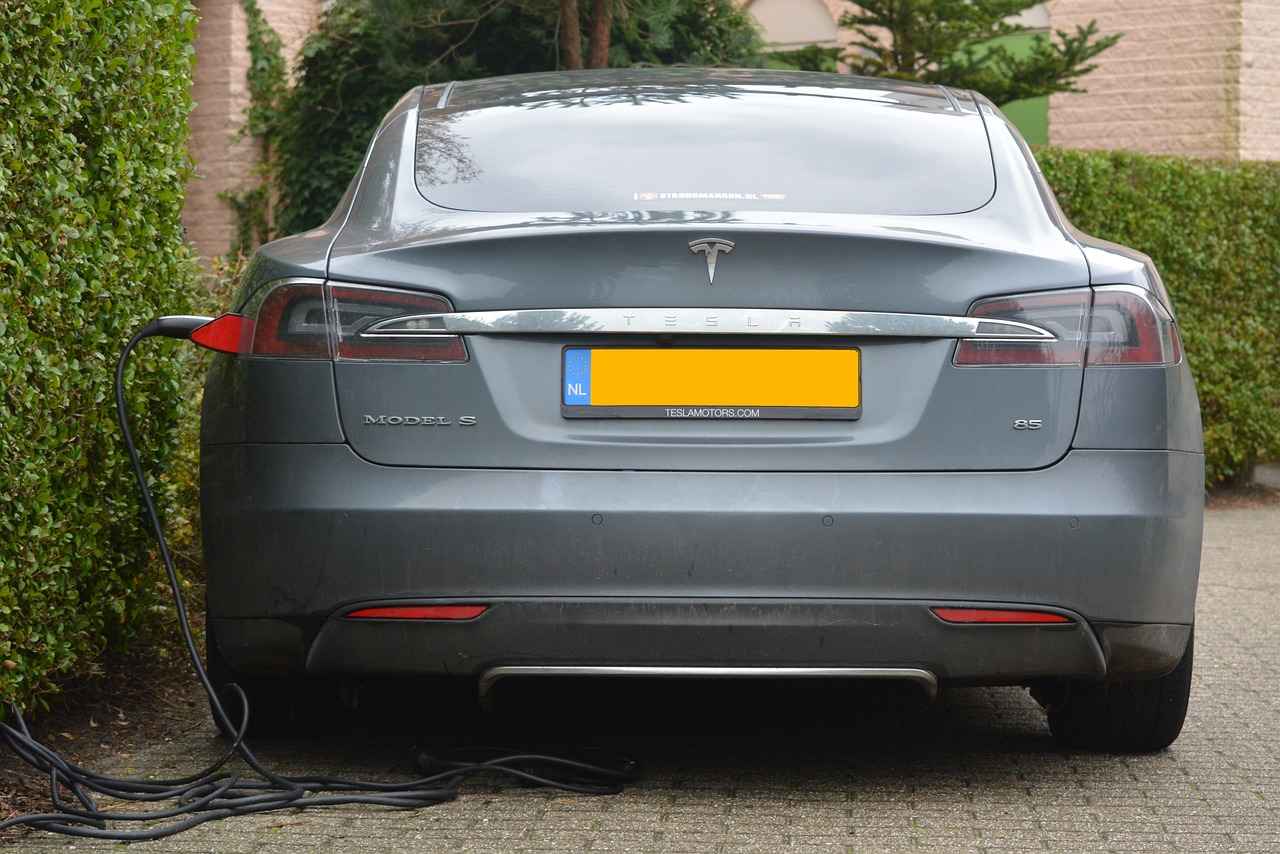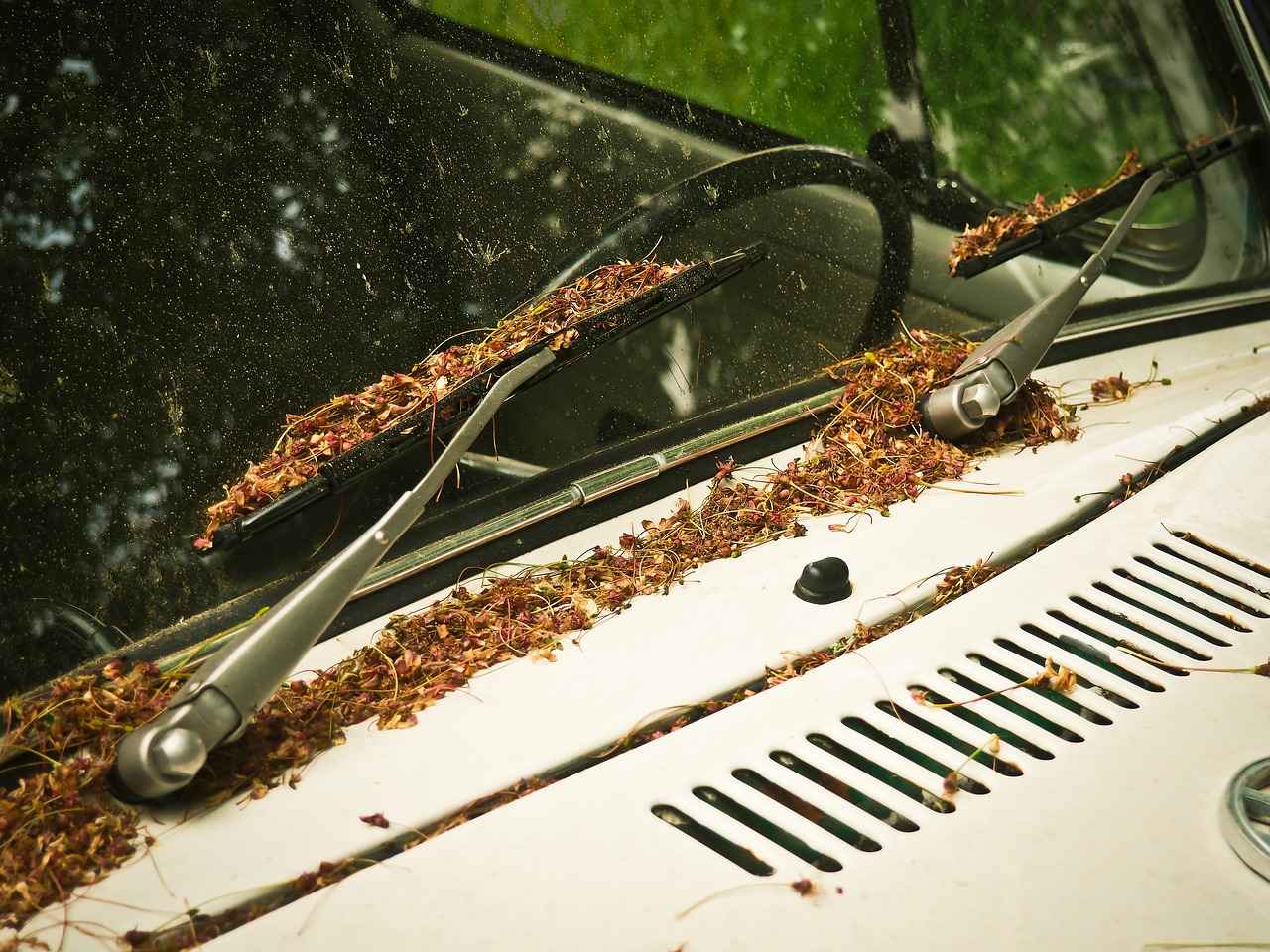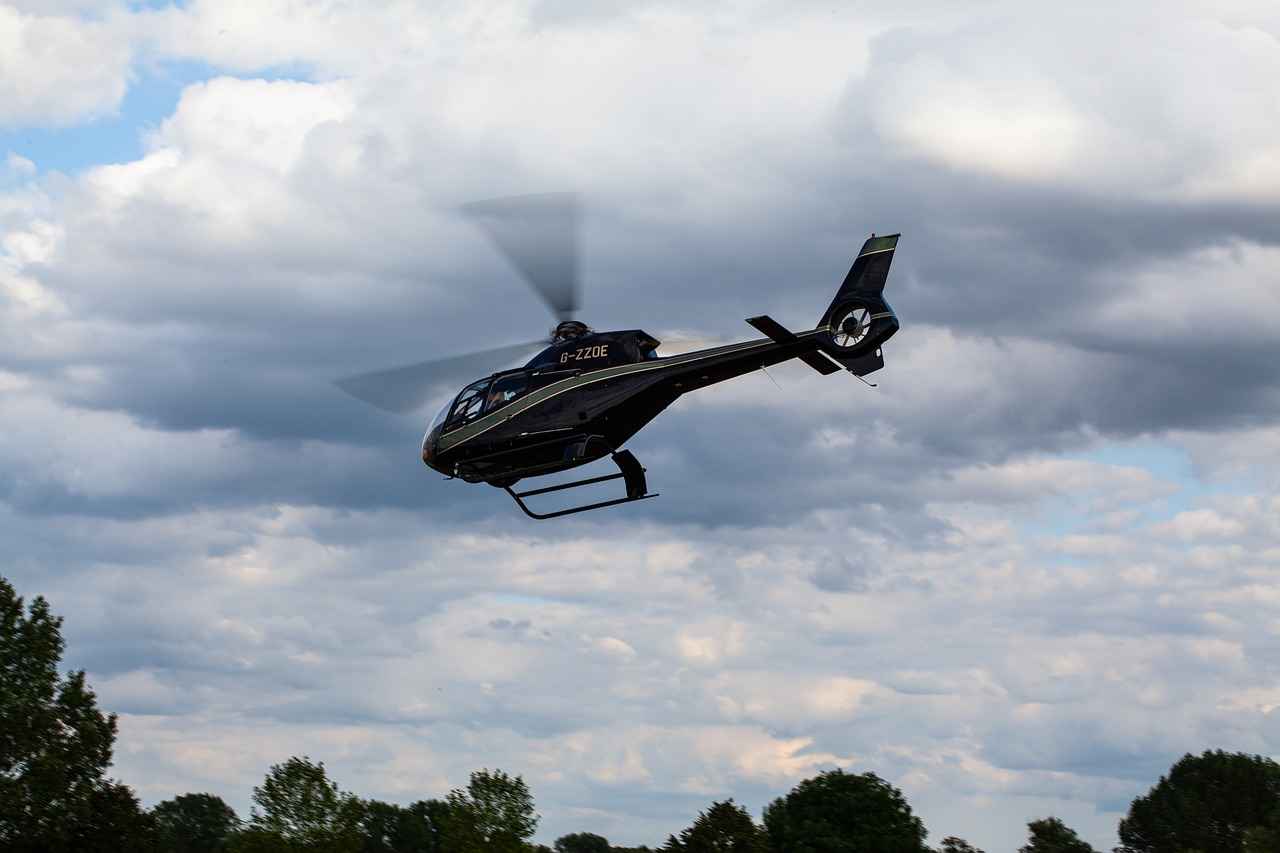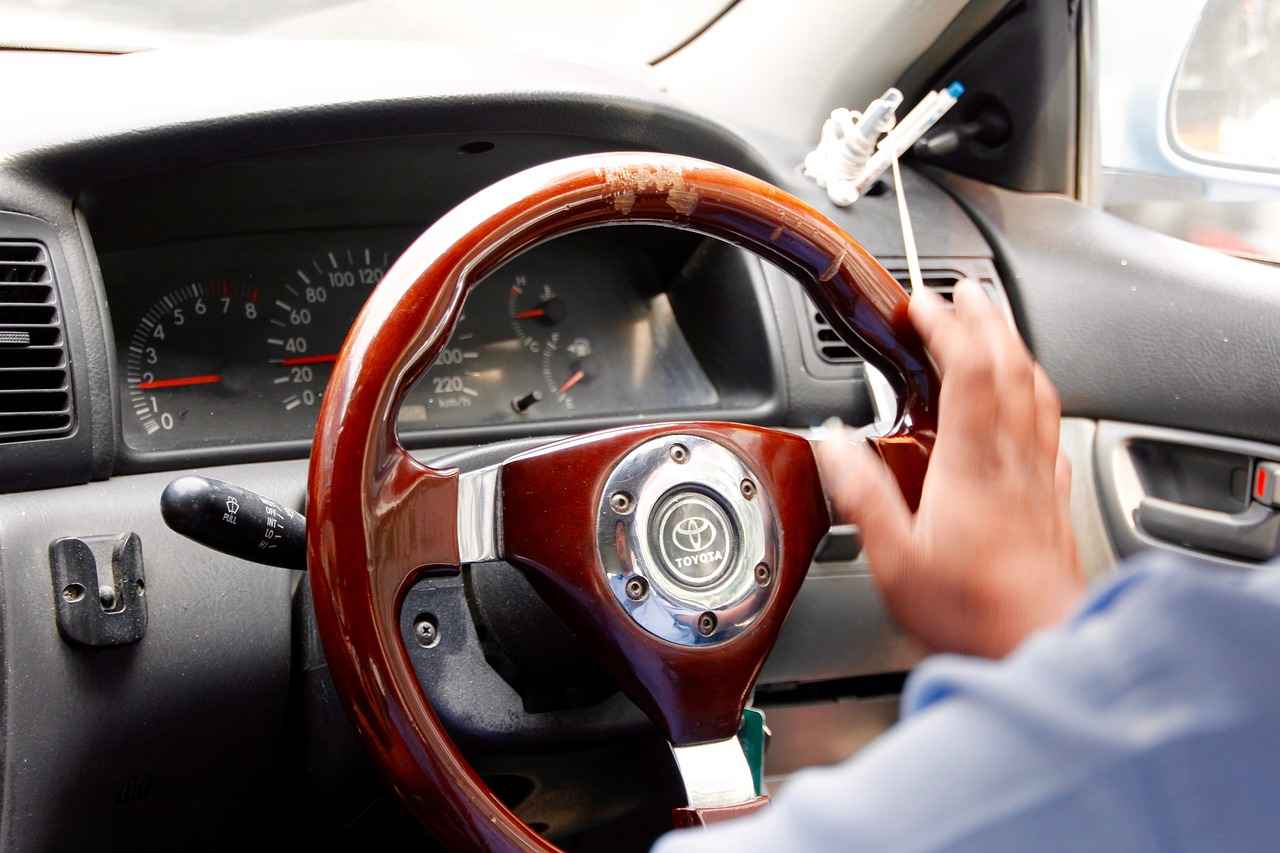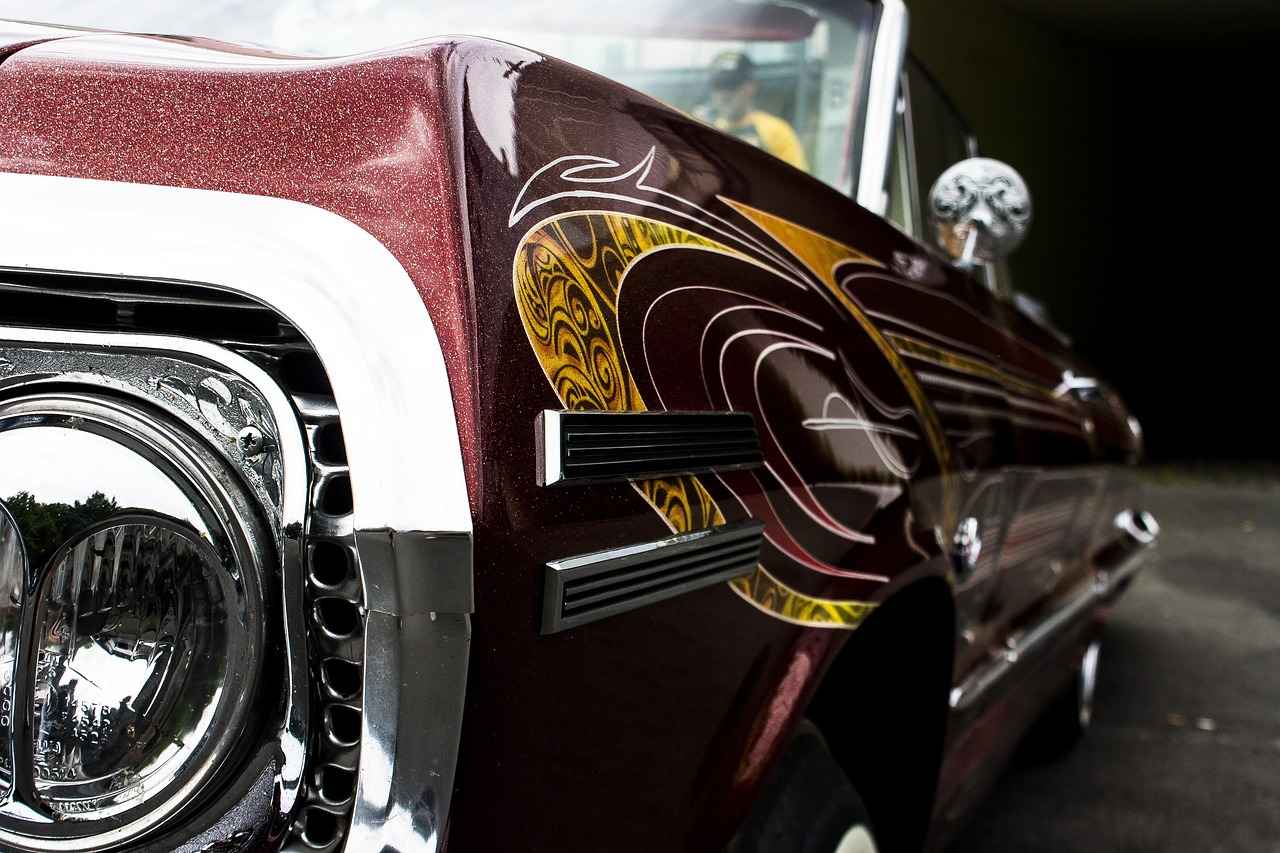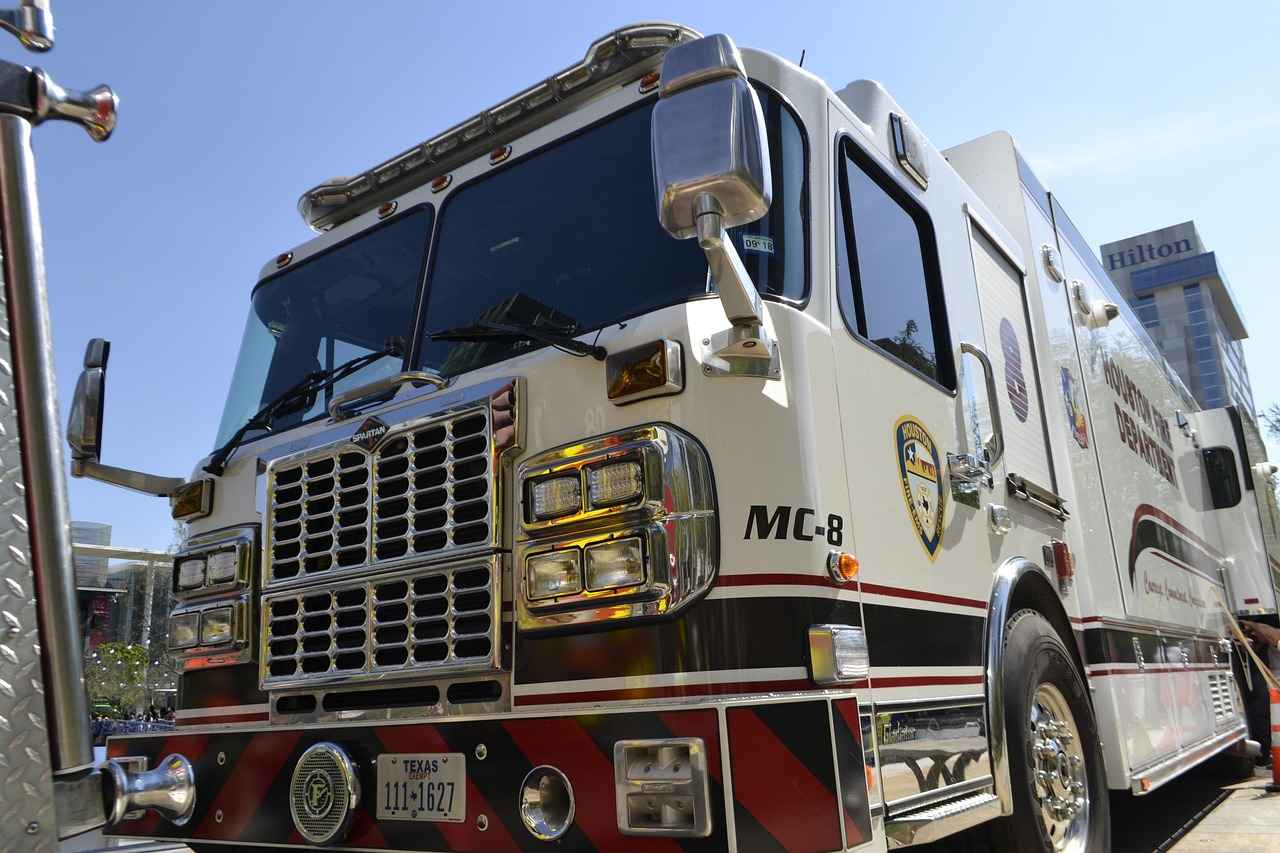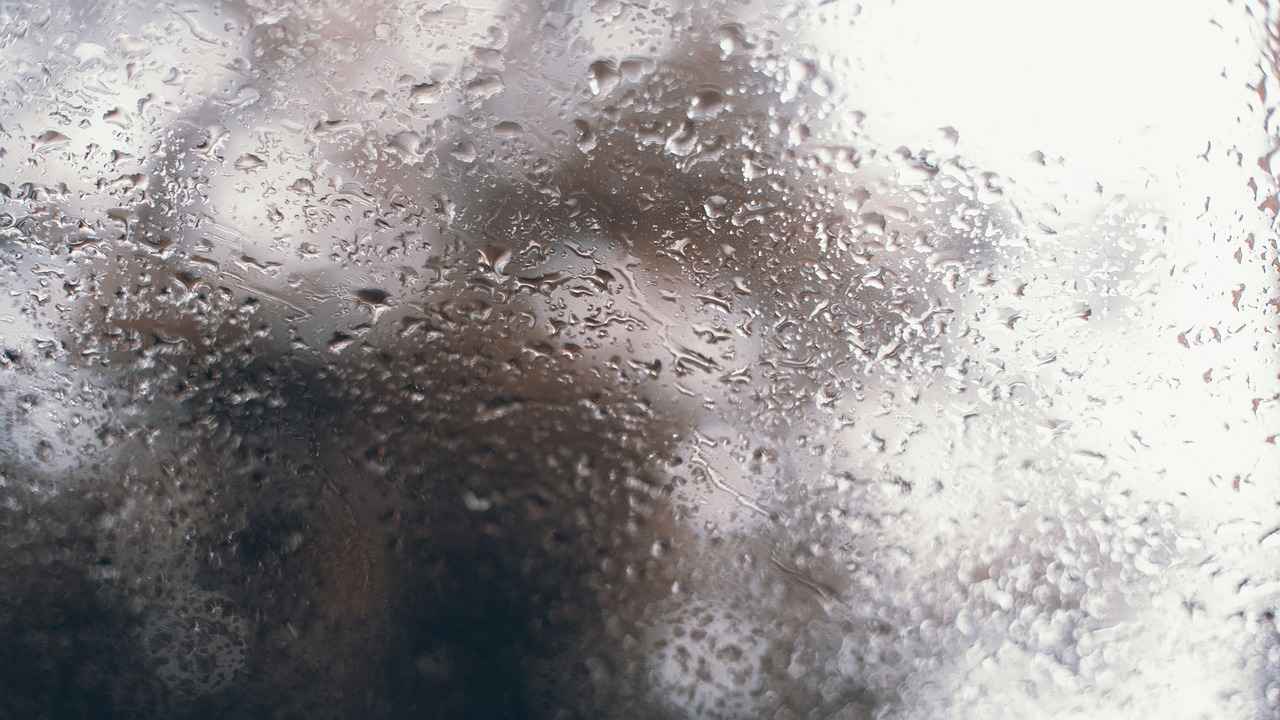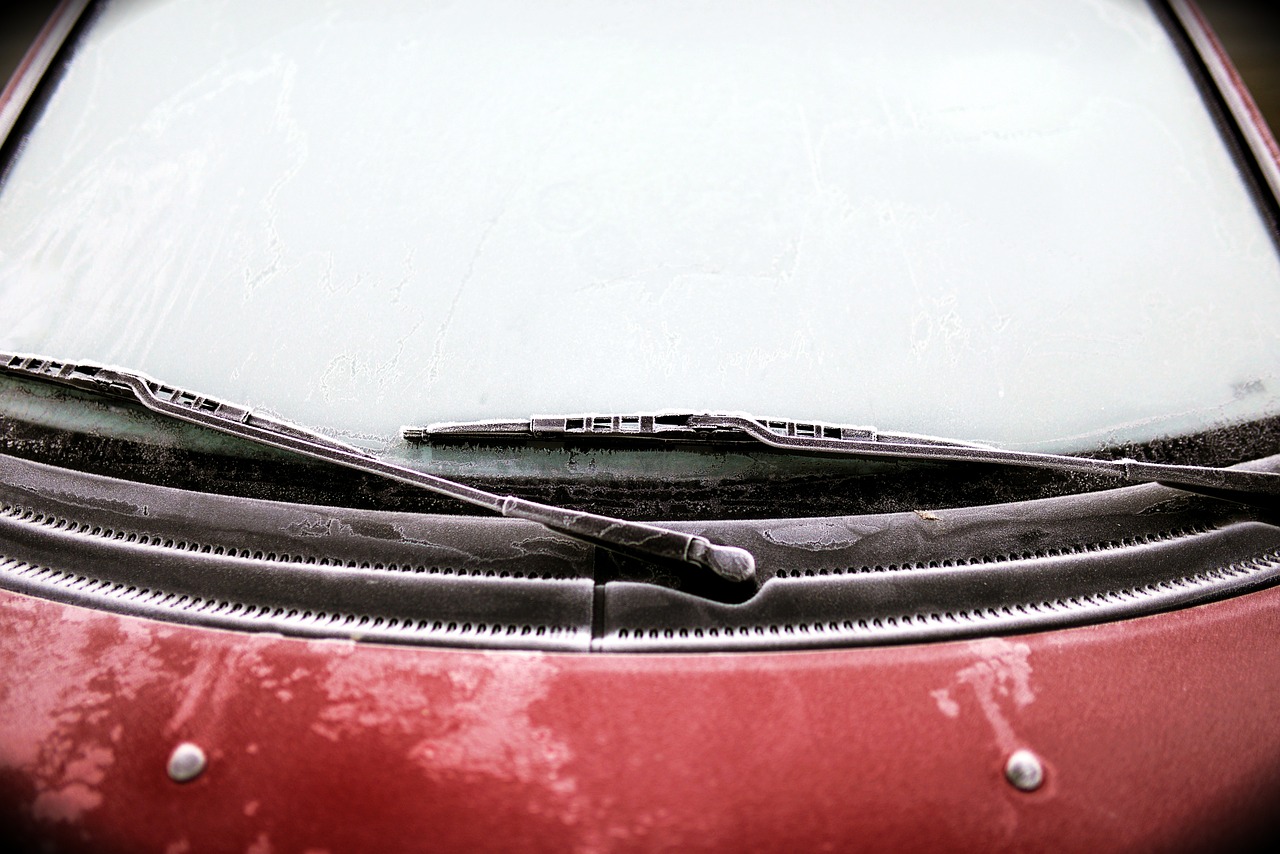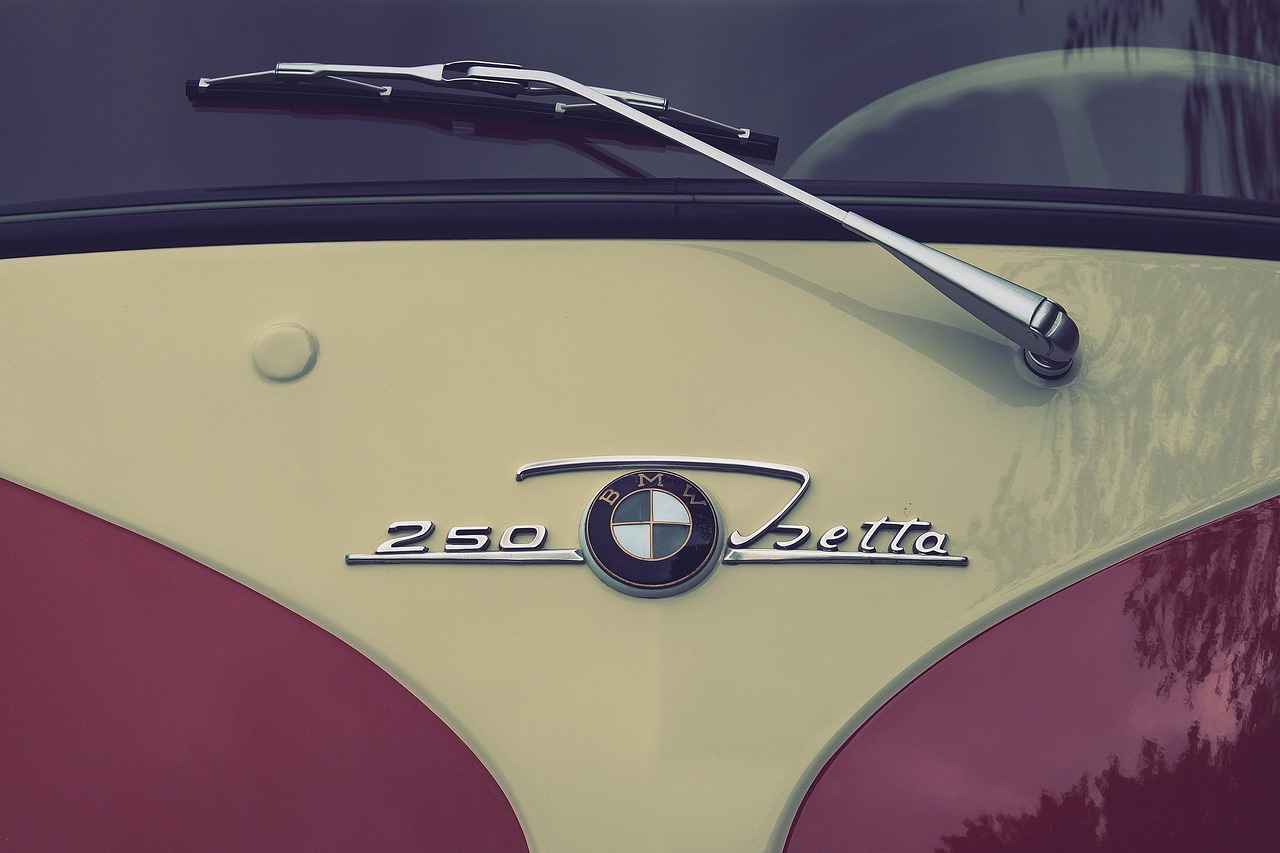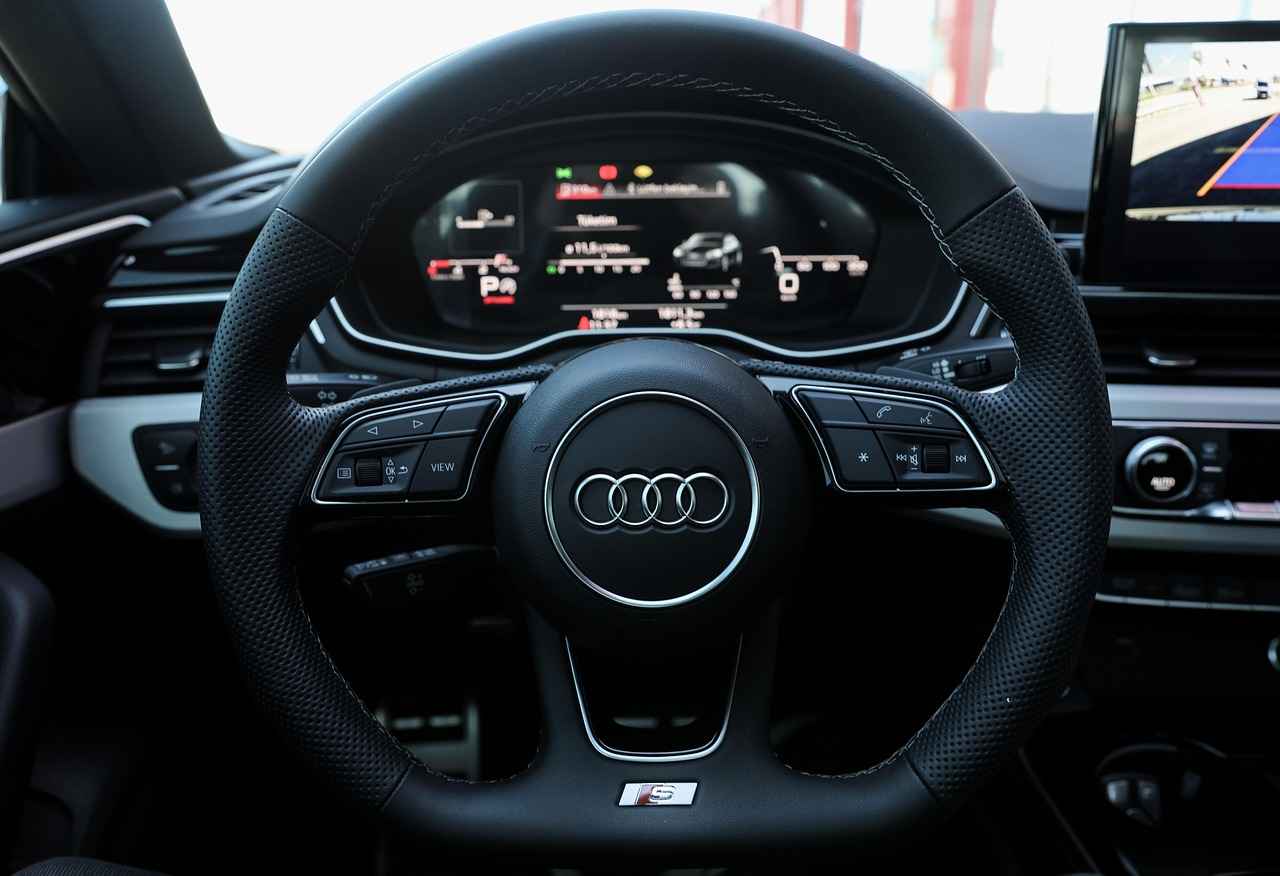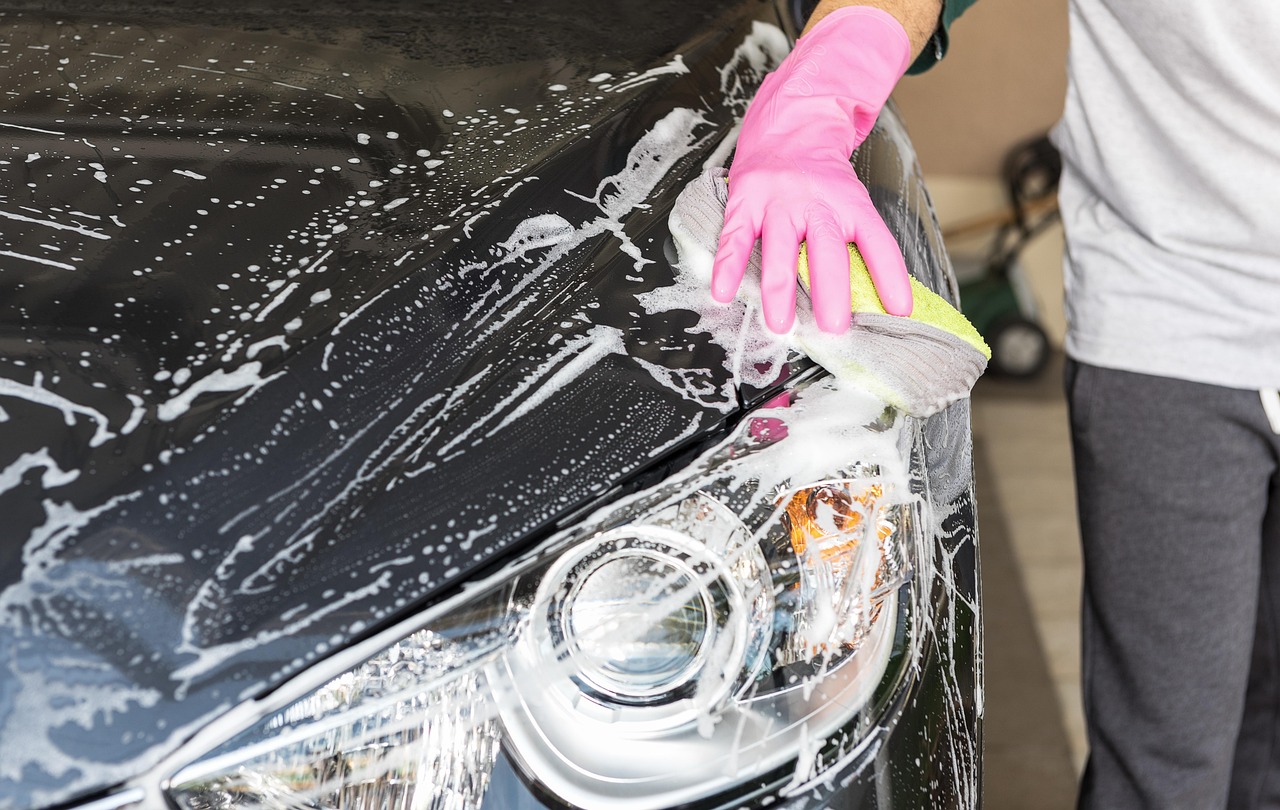Windshield wipers play a crucial role in maintaining visibility during adverse weather conditions. However, many drivers experience the frustrating issue of squeaky windshield wipers. This article delves into the common reasons for this problem and offers effective solutions to restore quiet operation.
Understanding the causes of squeaky windshield wipers is essential for effective troubleshooting. Here are some common culprits:
- Worn-out Wiper Blades: Over time, the rubber on wiper blades can deteriorate, leading to cracks and tears that create noise.
- Debris Accumulation: Dirt, leaves, and other debris can accumulate on the windshield or the blades themselves, causing friction and squeaking.
- Improper Installation: If wiper blades are not installed correctly, they may not make proper contact with the windshield, resulting in noise.
- Weather Conditions: Extreme temperatures can affect the flexibility of wiper blades, leading to squeaking.
There are several practical solutions you can apply to eliminate the squeaking noise from your windshield wipers:
Regularly inspecting your wiper blades is vital. Look for signs of wear, such as:
- Cracks or tears in the rubber
- Uneven wear patterns
Replacing worn blades can significantly enhance their performance and reduce noise.
Sometimes, a simple cleaning can resolve the issue. Use a soft cloth and a mild detergent to wipe the blades, removing any grime or debris that may be causing the squeaking.
Incorrect tension can lead to poor contact with the windshield. To adjust the wiper arm tension, carefully bend the arms to ensure they press evenly against the glass. This adjustment can eliminate unwanted noise.
If cleaning and adjustments do not resolve the issue, it may be time to replace the wiper blades. When selecting new blades, consider:
- The correct size for your vehicle
- The type of blade (conventional, beam, or hybrid)
Proper installation is key to avoiding future squeaks.
If you have attempted DIY solutions without success, seeking professional assistance may be necessary. A qualified mechanic can conduct a thorough inspection and recommend repairs or replacements.
In some cases, squeaking may be a symptom of more significant problems, such as issues with the wiper motor or linkage. A professional can accurately diagnose these underlying issues.
Improper installation of wiper blades can lead to persistent squeaking. A professional technician can ensure that the blades are fitted correctly, enhancing their performance and longevity.
By understanding the causes of squeaky windshield wipers and implementing the suggested solutions, you can maintain a smooth and quiet operation, ensuring optimal visibility during all driving conditions.

What Causes Windshield Wipers to Squeak?
Windshield wipers are essential for maintaining visibility during rain or snow, but when they start to squeak, it can be both annoying and concerning. Understanding the reasons behind squeaky windshield wipers is crucial for diagnosing and resolving the issue effectively. Below, we explore the common causes and provide insights on how to address them.
Several factors contribute to the squeaking noise produced by windshield wipers. Recognizing these causes can help you take the necessary steps to fix the problem.
- Worn-Out Blades: Over time, the rubber on wiper blades can deteriorate due to exposure to the elements. This wear can lead to cracks, tears, or uneven surfaces, causing the blades to skip across the windshield rather than glide smoothly.
- Debris Accumulation: Leaves, dirt, or other debris can accumulate on the windshield or the wiper blades themselves. This build-up can create friction and noise, leading to a squeaking sound during operation.
- Improper Installation: If wiper blades are not installed correctly, they may not make proper contact with the windshield. This misalignment can result in squeaking as the blades struggle to clear water or debris efficiently.
- Weather Conditions: Extreme temperatures can affect the flexibility of wiper blades. Cold weather can cause the rubber to harden, while hot weather can make it brittle. Both conditions can lead to increased noise during operation.
- Dry Windshield: Using wipers on a dry windshield can cause them to squeak. The lack of moisture creates friction, leading to noise as the blades drag across the glass.
By understanding these common causes, drivers can take proactive measures to maintain their windshield wipers and prevent squeaking.
There are several practical solutions to eliminate the squeaking noise from your windshield wipers. Regular maintenance and timely replacements can enhance performance and extend the lifespan of the wipers.
- Inspecting the Wiper Blades: Regular inspection of wiper blades is crucial. Look for signs of wear, such as cracks or tears, which can lead to squeaking. Replacing worn blades can significantly improve their performance.
- Cleaning the Wiper Blades: Sometimes, dirt and debris can cause wipers to squeak. Cleaning the blades with a soft cloth and a mild detergent can remove grime and enhance their effectiveness.
- Adjusting the Wiper Arm Tension: Incorrect tension can lead to poor contact with the windshield, resulting in squeaking. Adjusting the wiper arm tension can ensure proper contact and eliminate noise.
- Replacing Wiper Blades: If cleaning and adjusting do not resolve the issue, it may be time to replace the wiper blades. Choosing the right type of blades and ensuring proper installation are key to avoiding future squeaks.
If you have tried DIY solutions without success, it may be time to seek professional assistance. Mechanics can provide a thorough inspection and recommend necessary repairs or replacements.
- Identifying Underlying Issues: Sometimes, squeaking can be a symptom of more significant problems, such as issues with the wiper motor or linkage. A professional can diagnose these underlying issues accurately.
- Ensuring Proper Installation: Improper installation of wiper blades can lead to squeaking. A professional can ensure that the blades are correctly fitted, preventing future noise and enhancing performance.
By understanding the causes of squeaky windshield wipers and implementing the suggested solutions, you can maintain a clear view while driving and enhance your overall driving experience.
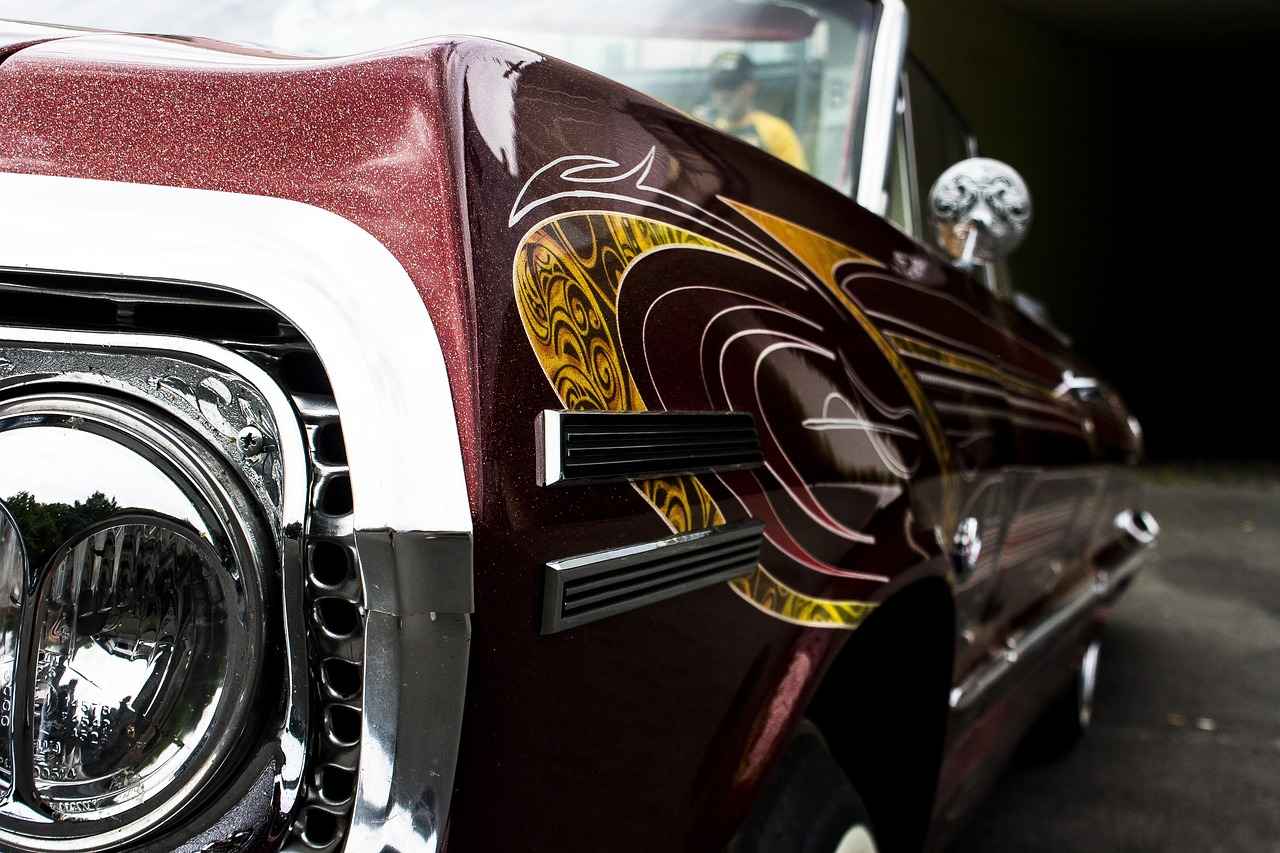
How Can I Fix Squeaky Windshield Wipers?
Windshield wipers are essential for maintaining visibility during inclement weather. However, a common annoyance many drivers face is the squeaking noise produced by these wipers. Fortunately, there are effective solutions to address this issue and ensure a smoother operation.
To resolve the squeaking noise from your windshield wipers, you can follow several practical steps. Regular maintenance and timely replacements not only enhance performance but also extend the lifespan of your wipers.
One of the first steps in eliminating squeaky wipers is to conduct a thorough inspection of the blades. Look for:
- Cracks or tears in the rubber material.
- Signs of wear that may affect the blade’s ability to make contact with the windshield.
- Any debris that may be lodged in the blade structure.
Replacing worn-out blades can significantly improve their performance and reduce noise.
Sometimes, dirt and grime can be the culprits behind the squeaking sound. To clean your wiper blades:
1. Use a soft cloth or sponge.2. Apply a mild detergent mixed with water.3. Gently wipe the blades to remove any accumulated dirt.4. Rinse with clean water and dry with a towel.
This simple cleaning routine can enhance the effectiveness of your wipers and reduce noise significantly.
Incorrect tension can lead to poor contact with the windshield, resulting in squeaking. To adjust the wiper arm tension:
- Check the manufacturer’s specifications for the correct tension.
- Gently bend the wiper arm to increase tension if it appears too loose.
- Ensure that the wiper blade is making full contact with the glass.
Proper tension ensures that the blades operate smoothly and quietly.
If cleaning and adjusting do not resolve the issue, it may be time to consider replacing the wiper blades. When selecting new blades:
- Choose the right size and type for your vehicle.
- Ensure proper installation by following the manufacturer’s instructions.
- Consider premium blades that are designed to minimize noise.
Investing in high-quality blades can prevent future squeaks and improve overall visibility.
If you have attempted these DIY solutions without success, it may be time to seek professional assistance. A qualified mechanic can provide a thorough inspection and recommend necessary repairs or replacements.
Sometimes, squeaking may indicate more significant problems, such as:
- Issues with the wiper motor.
- Problems with the wiper linkage.
A professional can accurately diagnose these underlying issues and ensure your wipers function properly.
Improper installation of wiper blades can also lead to squeaking. A professional mechanic can ensure that the blades are correctly fitted, preventing future noise and enhancing performance.
By following these steps and maintaining your windshield wipers, you can enjoy a quieter and more effective driving experience.
Inspecting the Wiper Blades
Windshield wipers are essential for maintaining visibility during adverse weather conditions. Regular inspection of wiper blades is crucial to ensure they function effectively. Over time, wiper blades can wear out due to exposure to the elements, leading to decreased performance and potential safety hazards. In this section, we will delve into the importance of inspecting your wiper blades, what to look for, and how to address any issues.
Regularly checking your wiper blades can prevent unexpected failures during critical moments. A thorough inspection allows you to identify potential problems early, ensuring that your visibility is never compromised.
- Cracks: Look for visible cracks on the rubber part of the blades, which can lead to ineffective wiping.
- Tears: Any tears in the rubber can drastically reduce the blade’s ability to clear water.
- Fraying: Check for frayed edges, as they can cause streaking on your windshield.
- Squeaking Sounds: If your wipers make a squeaking noise, it may indicate that they are not making proper contact with the windshield.
It is recommended to inspect your wiper blades every six months, or more frequently if you live in an area with harsh weather conditions. Regular checks can help you catch wear and tear before they become a significant issue.
1. Lift the wiper arms away from the windshield.2. Examine the rubber blades for any signs of damage.3. Run your fingers along the length of the blade to feel for any irregularities.4. Check the wiper arm's attachment to ensure it is secure.
If you notice any signs of wear, it is crucial to replace the wiper blades promptly. Worn blades can lead to poor visibility, especially during rain or snow, increasing the risk of accidents. Replacing them can significantly improve their performance and ensure that your windshield remains clear.
When selecting new wiper blades, consider the following:
- Size: Ensure you choose the correct size for your vehicle.
- Type: There are various types of blades, including conventional, beam, and hybrid. Research which type best suits your needs.
- Brand Quality: Opt for reputable brands known for durability and performance.
Inspecting your wiper blades is a simple yet vital maintenance task that can enhance your driving safety. By being proactive and addressing any signs of wear, you can ensure that your wipers perform optimally when you need them the most.
Cleaning the Wiper Blades
Maintaining your vehicle’s windshield wipers is essential for ensuring clear visibility during inclement weather. One common issue that many drivers face is the annoying squeaking sound that wipers can produce. This noise not only indicates potential problems with the wipers but can also be distracting while driving. A significant cause of this issue is often the accumulation of dirt and debris on the wiper blades.
Why is Cleaning Important? Over time, wiper blades can accumulate grime, dust, and other debris that hinder their performance. This buildup can lead to squeaking, streaking, and even damage to the windshield. Regular cleaning can enhance the effectiveness of the wipers and prolong their lifespan.
- Step 1: Gather Your Supplies – To clean your wiper blades, you will need a soft cloth, a mild detergent, and water. Avoid using harsh chemicals that could damage the rubber of the blades.
- Step 2: Lift the Wiper Arms – Gently lift the wiper arms away from the windshield. This will make it easier to access the blades for cleaning.
- Step 3: Clean the Blades – Dampen the soft cloth with the soapy water solution and wipe down the rubber edge of the wiper blades. Be sure to remove any visible dirt and debris, focusing on the areas that make contact with the glass.
- Step 4: Rinse and Dry – After cleaning, rinse the blades with plain water to remove any soap residue. Then, dry them with a clean, dry cloth to prevent any moisture from causing further issues.
Additional Tips for Maintaining Wiper Blades
- Inspect Regularly – Along with cleaning, regularly inspect your wiper blades for signs of wear, such as cracks or fraying. If you notice any damage, it may be time for a replacement.
- Use the Right Products – When cleaning your wipers, avoid using harsh chemicals or abrasive materials that could harm the rubber. Stick to mild detergents and soft cloths.
- Consider Seasonal Changes – Depending on the season, your wipers may require more frequent cleaning. For example, in winter, ice and snow can accumulate, necessitating more attention.
In conclusion, keeping your wiper blades clean is a simple yet effective way to ensure they function properly and quietly. By following the steps outlined above, you can enhance the performance of your windshield wipers, ensuring a safer driving experience.
Adjusting the Wiper Arm Tension
is a crucial step in maintaining the effectiveness of your windshield wipers. If your wipers are making a squeaking noise, it may be due to an incorrect tension setting. This issue can hinder the wipers’ ability to make proper contact with the windshield, ultimately affecting visibility during inclement weather.
When the wiper arm tension is too low, the blades may not press firmly against the glass, leading to inadequate wiping and annoying squeaks. Conversely, if the tension is too high, it can cause excessive wear on both the blades and the windshield, potentially leading to scratches. Therefore, achieving the right balance is essential.
To adjust the wiper arm tension, follow these steps:
- Gather Necessary Tools: You will typically need a flathead screwdriver and possibly a wrench, depending on your vehicle’s design.
- Lift the Wiper Arm: Gently lift the wiper arm away from the windshield until it is in a vertical position.
- Locate the Adjustment Point: Most vehicles have an adjustment nut or bolt at the base of the wiper arm. Consult your vehicle’s manual for the exact location.
- Adjust the Tension: If the tension is too loose, tighten the adjustment nut slightly. If it’s too tight, loosen it a bit to allow for better movement.
- Test the Wipers: After making adjustments, lower the wiper arm back onto the windshield and test the wipers to ensure they operate smoothly without noise.
In addition to tension adjustments, it’s important to regularly inspect your wiper blades for wear and tear. Worn-out blades can also lead to squeaking, as they may not conform to the shape of the windshield properly. Replace blades that show signs of damage, such as cracks or fraying edges.
Furthermore, consider cleaning both the windshield and the wiper blades. Dirt and debris can accumulate on the rubber of the blades, causing them to skip across the glass and produce noise. Use a soft cloth and a mild cleaning solution to wipe down the blades and the glass surface.
Regular maintenance of your windshield wipers, including , can significantly enhance their performance and prolong their lifespan. If you find that adjustments and cleaning do not resolve the squeaking issue, it may be time to consult a professional. They can provide a thorough inspection and identify any underlying problems that may be affecting your wipers.
By taking these steps, you can ensure that your windshield wipers operate quietly and efficiently, enhancing your driving experience and safety on the road.
Replacing Wiper Blades
When it comes to maintaining your vehicle, windshield wipers are often overlooked. However, ensuring they function properly is essential for safe driving, especially in adverse weather conditions. If you find yourself dealing with squeaky wipers that persist despite cleaning and adjusting, it may be time to consider replacing the wiper blades. This section will guide you through the process and importance of choosing the right wiper blades, as well as ensuring they are installed correctly to prevent future issues.
Over time, wiper blades wear down due to exposure to the elements. Factors such as UV rays, extreme temperatures, and dirt can degrade the rubber material, leading to ineffective performance. If you notice your wipers skipping, smearing, or making noise, these are signs that they may need replacement. Ignoring these signs can lead to reduced visibility, which poses a serious safety risk.
Selecting the appropriate wiper blades for your vehicle is crucial. Here are some tips:
- Consult Your Vehicle Manual: The manual provides specifications for the correct size and type of wiper blades.
- Consider the Weather: If you live in an area with heavy rainfall or snow, opt for premium blades designed for such conditions.
- Types of Wiper Blades: There are different types available, including conventional, beam, and hybrid blades. Beam blades tend to offer better performance in harsh weather.
Once you have selected the right wiper blades, proper installation is key to their effectiveness. Here are the steps to follow:
1. Lift the wiper arm away from the windshield.2. Locate the release tab on the wiper blade and press it to detach the old blade.3. Align the new blade with the arm and click it into place until you hear a secure snap.4. Gently lower the wiper arm back onto the windshield.
It’s important to ensure that the blades are securely attached to prevent them from flying off while driving, which can cause further damage.
In addition to squeaking, there are other indicators that your wiper blades may need replacement:
- Streaking: If your wipers leave streaks on the windshield, it indicates that the rubber is worn out.
- Chattering: If the blades chatter across the glass, it means they are not making proper contact.
- Visible Damage: Inspect the blades for cracks, tears, or any other visible damage.
After replacing your wiper blades, regular maintenance can extend their lifespan. Here are some tips:
- Clean the Blades: Regularly wipe the rubber part of the blades with a soft cloth to remove dirt and debris.
- Check the Arm Tension: Ensure the wiper arms maintain proper tension against the windshield for optimal performance.
- Store Your Vehicle Properly: If possible, park in a garage or shaded area to protect the blades from UV damage.
In conclusion, replacing wiper blades is a straightforward yet essential task that can significantly enhance your driving experience. By selecting the right blades and ensuring they are installed correctly, you can maintain clear visibility and safety on the road.

When Should I Consider Professional Help?
When it comes to maintaining your vehicle, especially components as crucial as windshield wipers, it’s essential to recognize when DIY efforts fall short. Many car owners often try to tackle issues themselves, believing that simple fixes will suffice. However, if you have attempted various DIY solutions without success, it may be time to seek professional assistance. Mechanics are equipped with the expertise and tools necessary to conduct a thorough inspection and recommend the appropriate repairs or replacements.
Windshield wipers are vital for ensuring visibility during adverse weather conditions. If they are not functioning correctly, it can lead to dangerous driving situations. Here are some compelling reasons to consider professional help:
- Accurate Diagnosis: A mechanic can identify underlying issues that may not be apparent to the average car owner. This includes problems with the wiper motor, linkage, or electrical connections, which could contribute to the squeaking noise.
- Expert Recommendations: Professionals can provide tailored advice on the best replacement parts or necessary repairs based on the specific make and model of your vehicle.
- Quality Assurance: When you opt for professional services, you can trust that the work will be done correctly, reducing the likelihood of recurring issues.
When you take your vehicle to a mechanic for windshield wiper issues, you can expect a comprehensive evaluation. Here’s what typically happens:
1. The mechanic will assess the condition of the wiper blades.2. They will check the wiper arms and their tension.3. An inspection of the wiper motor and linkage will be conducted.4. They will examine the windshield for any obstructions or damage.5. Finally, the mechanic will provide a detailed report of their findings along with recommended actions.
Professional mechanics not only diagnose issues but also enhance the overall performance of your windshield wipers. Here are some ways they can help:
- Proper Installation: Incorrectly installed wiper blades can lead to persistent squeaking. Professionals ensure that blades are fitted correctly, preventing future problems.
- Quality Parts: Mechanics have access to high-quality replacement parts that may not be available at local auto parts stores, ensuring better performance and longevity.
- Routine Maintenance: A mechanic can recommend a maintenance schedule for your wipers, helping you avoid issues before they arise.
While many car owners may hesitate to spend money on professional services, the benefits often outweigh the costs. Investing in professional help can save you time, prevent further damage, and ultimately enhance your driving safety. Remember, your visibility on the road is paramount, and functioning windshield wipers play a significant role in that safety.
In conclusion, if your DIY attempts to fix squeaky windshield wipers have failed, do not hesitate to seek professional assistance. A qualified mechanic can provide a thorough inspection, accurate diagnosis, and effective solutions, ensuring that your windshield wipers operate smoothly and quietly.
Identifying Underlying Issues
When it comes to maintaining your vehicle, paying attention to your windshield wipers is crucial. A common complaint among drivers is the annoying squeaking noise that can arise during operation. While it may seem like a minor inconvenience, it can indicate more serious underlying issues. Understanding these problems is essential for ensuring your wipers function effectively and safely.
Recognizing the symptoms of deeper mechanical problems is vital. If your windshield wipers are squeaking, here are some potential signs that you should not overlook:
- Unusual Noises: Besides squeaking, listen for grinding or clattering sounds.
- Inconsistent Movement: Wipers may skip or hesitate during operation.
- Visible Damage: Look for cracks or bends in the wiper arms or blades.
- Failure to Clear Water: If your wipers leave streaks or miss sections of the windshield, it could indicate a problem.
There are several potential causes for squeaky windshield wipers, including:
- Worn Wiper Blades: Over time, the rubber on wiper blades can deteriorate, leading to poor contact with the windshield.
- Debris Accumulation: Dirt, leaves, or ice can accumulate on the blades or windshield, causing friction.
- Improper Installation: If wiper blades are not installed correctly, they may not sit flush against the windshield.
- Faulty Wiper Motor: A malfunctioning motor can affect the movement and pressure of the wipers.
- Linkage Issues: Problems with the wiper linkage can lead to misalignment and squeaking.
If you notice persistent squeaking despite cleaning or replacing your wiper blades, it may be time to seek professional assistance. A trained technician can conduct a thorough inspection to identify the root cause of the problem, including:
- Wiper Motor Assessment: They can check if the motor is functioning correctly and providing adequate power.
- Linkage Examination: Professionals can inspect the wiper linkage for wear or damage.
- Blade Alignment Check: Ensuring that the blades are correctly aligned is crucial for optimal performance.
Ignoring the signs of underlying issues with your windshield wipers can lead to more severe problems. For instance, a malfunctioning wiper motor may eventually fail completely, leaving you without operational wipers during inclement weather. Additionally, continued use of worn-out or improperly functioning wipers can cause scratches on your windshield, leading to costly repairs.
In summary, while squeaky windshield wipers may seem like a minor annoyance, they can signal more significant issues that require immediate attention. Regular maintenance, including inspections and timely replacements, can help prevent these problems from escalating. If DIY solutions fail, do not hesitate to consult a professional to ensure your vehicle remains safe and functional.
Ensuring Proper Installation
When it comes to maintaining your vehicle, ensuring that your windshield wipers are functioning properly is crucial. One common issue that many drivers face is the annoying sound of squeaking wipers. This can be not only distracting but also a sign that something is wrong. One of the significant causes of squeaking wipers is improper installation. In this section, we will explore why proper installation is essential and how it can prevent future issues.
Installing windshield wipers may seem straightforward, but it requires attention to detail. Improper installation can lead to several problems, including:
- Inadequate Contact: If the wiper blades are not aligned correctly, they may not make full contact with the windshield, leading to squeaking as they struggle to clear water.
- Uneven Pressure: Proper installation ensures that the blades apply even pressure across the glass surface. Uneven pressure can cause certain areas to squeak while others do not.
- Misalignment: If the wiper arms are not properly fitted, they can become misaligned, which can lead to erratic movements and noise.
While DIY installation is an option, seeking professional help can significantly enhance the performance of your windshield wipers. Here’s how professionals can ensure proper installation:
1. **Expert Assessment:** Professionals can assess the condition of your wiper arms and blades, ensuring that all components are compatible.2. **Correct Fitting:** They have the tools and knowledge to fit wiper blades correctly, ensuring they are securely attached and positioned.3. **Testing Functionality:** After installation, professionals will test the wipers to ensure they operate smoothly without any noise.
When seeking professional help, consider the following:
- Experience: Look for a service with a good track record in vehicle maintenance.
- Reviews: Check customer reviews to gauge the quality of their service.
- Warranty: A good service will often provide a warranty on parts and labor, ensuring peace of mind.
If you prefer to install your wiper blades yourself, here are some tips to help you achieve a proper fit:
- Read the Instructions: Always follow the manufacturer’s instructions for installation.
- Check Compatibility: Ensure that the wiper blades are compatible with your vehicle’s make and model.
- Test Before Use: After installation, run the wipers to check for any noise or skipping.
In conclusion, while it might be tempting to install wiper blades on your own, ensuring that they are properly fitted is paramount. By seeking professional assistance or following proper DIY guidelines, you can avoid the frustrating issue of squeaky wipers and enhance the overall performance of your vehicle’s windshield wipers.
Frequently Asked Questions
- Why do my windshield wipers squeak?
Squeaky windshield wipers are often caused by worn-out blades, debris buildup, or improper installation. Think of it like a musical instrument; if the strings are frayed or out of tune, they won’t play smoothly!
- How can I fix squeaky windshield wipers?
To fix squeaky wipers, start by inspecting the blades for wear and cleaning them with a mild detergent. If that doesn’t work, adjusting the wiper arm tension or replacing the blades might be necessary. It’s like giving your wipers a little TLC!
- When should I replace my wiper blades?
If your wipers are still squeaking after cleaning and adjusting, it’s probably time for new blades. Look for cracks or tears, which are telltale signs they need replacing. Just like a worn-out pair of shoes, old blades can’t perform their best!
- Can I fix squeaky wipers myself?
Absolutely! Many squeaky wiper issues can be resolved with simple DIY fixes. However, if you’re not comfortable, don’t hesitate to seek professional help. Sometimes, it’s best to leave it to the experts!
- What if the squeaking persists after cleaning and replacing?
If the noise continues, it could indicate deeper issues, such as problems with the wiper motor or linkage. A mechanic can help diagnose these underlying issues, ensuring your wipers operate quietly and efficiently.
